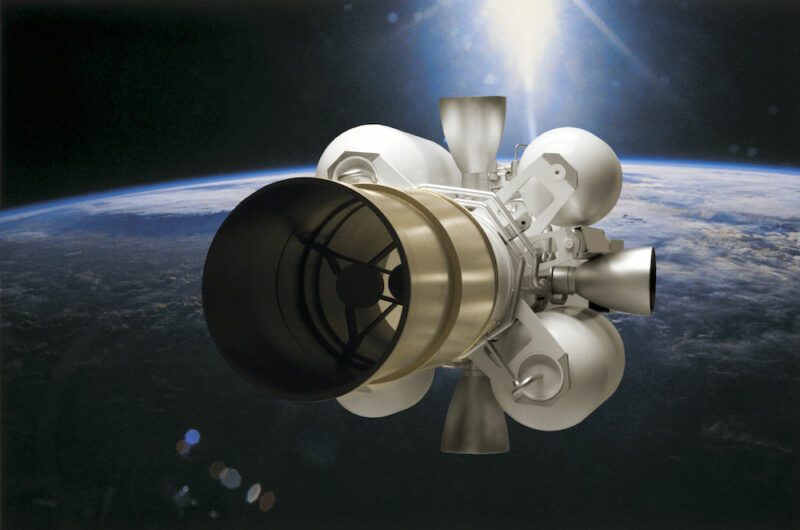
The Missile Defense Agency launched two of Raytheon’s Exoatmospheric Kill Vehicles, which are built to destroy long-range ballistic missiles in space, in back-to-back tests as part of the Ground-based Midcourse Defense system.
The agency worked with a Boeing-led team to pull off what is called a “two-shot salvo” engagement from the Vandenberg Air Force Base in California for the first time. One kill vehicle destroyed a model intercontinental ballistic missile and the other collected data.
The Ground-based Midcourse Defense program is part of the Defense Department’s Ballistic Missile Defense System to protect the U.S. from incoming ballistic missiles. This two-shot salvo test launch was the 11th intercept for the program, Raytheon’s second intercept of an intercontinental ballistic missile target and simulated a real-world scenario where more than one interceptor is fired.
Here’s how they work: Exoatmospheric Kill Vehicles are sensor and propulsion packages that use kinetic energy from a direct hit to destroy the incoming target. After receiving tracking and targeting data from Raytheon’s X-band radar in the sea and its land radar, the kill vehicles identified the target, maneuvered into its path and destroyed it using “hit-to-kill” technology.
“In these tests, we see the entire ballistic missile defense system at work. The sensors bring the ability to identify, track and discriminate threats early in the engagement,” said Bryan Rosselli, vice president of Raytheon’s Mission Systems and Sensors. “The precision a kill vehicle intercept requires begins with the critical targeting data.”
Raytheon’s land radar, the AN/TPY-2, can detect, classify and track ballistic missiles. For this test, it was on forward-based mode to detect rising missiles, as opposed to terminal mode that detects a descending warhead.
And according to the company, its kill vehicles have had more than 40 successful space intercepts.

